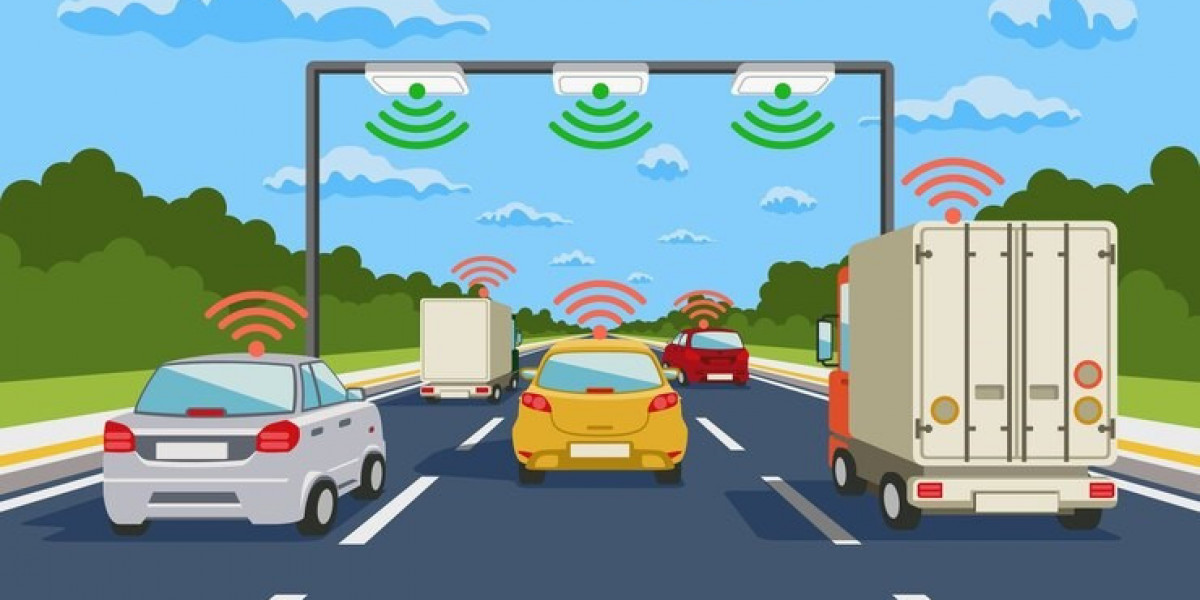Over-The-Air (OTA) software updates have become indispensable in the realm of connected devices, offering a seamless way to enhance functionality, fix bugs, and improve security without requiring physical intervention. This article explores the critical aspects of OTA updates, their benefits, challenges, and best practices for ensuring reliability and security.
Understanding OTA Software Updates
Definition: OTA software updates enable devices to receive and install firmware, software patches, and configurations remotely, typically over secure wireless networks.
Components:
Client Software: Installed on devices to receive and process updates.
Server Infrastructure: Manages update distribution, ensures authentication, and secures data transfer.
Communication Protocols: Utilizes HTTPS, MQTT, CoAP, etc., for secure and efficient update delivery.
Importance of OTA Updates
Enhanced Security:
Enables prompt deployment of security patches and fixes vulnerabilities, reducing exposure to cyber threats.
Implementation of encryption and authentication protocols ensures updates are tamper-proof and secure.
Operational Efficiency:
Reduces downtime and operational disruptions associated with manual updates.
Facilitates quick rollout of new features and improvements, enhancing device performance and user satisfaction.
Challenges and Considerations
Security Risks: Vulnerabilities in OTA mechanisms can be exploited if not properly secured, necessitating robust security measures and regular audits.
Compatibility and Reliability:
Ensuring updates are compatible with diverse device configurations, software versions, and network environments.
Thorough testing and validation processes are crucial to mitigate risks of unintended consequences or system failures.
Best Practices for OTA Updates
Secure Protocols: Implement strong encryption (e.g., AES-256) and authentication mechanisms (e.g., digital signatures) to protect OTA communications.
Incremental Updates: Deploy incremental updates to minimize data usage and ensure efficient bandwidth management.
User Consent and Transparency: Obtain user consent for updates and provide transparent information about update contents and benefits.
Industry Applications
Automotive Sector: OTA updates enable automakers to remotely improve vehicle performance, safety features, and infotainment systems.
IoT Devices: Smart home devices, industrial sensors, and healthcare equipment benefit from OTA software updates for functionality enhancements and security enhancements.
Future Directions
AI-Enabled Updates: Leveraging AI and machine learning for predictive analytics to anticipate update requirements and optimize deployment strategies.
Blockchain Integration: Exploring blockchain technology to enhance OTA update security and transparency.
Conclusion
OTA software updates play a pivotal role in ensuring the reliability, security, and performance of connected devices across industries. By adopting best practices and leveraging advanced technologies, organizations can effectively manage OTA updates to enhance user experience, mitigate risks, and stay ahead in an increasingly connected world.









